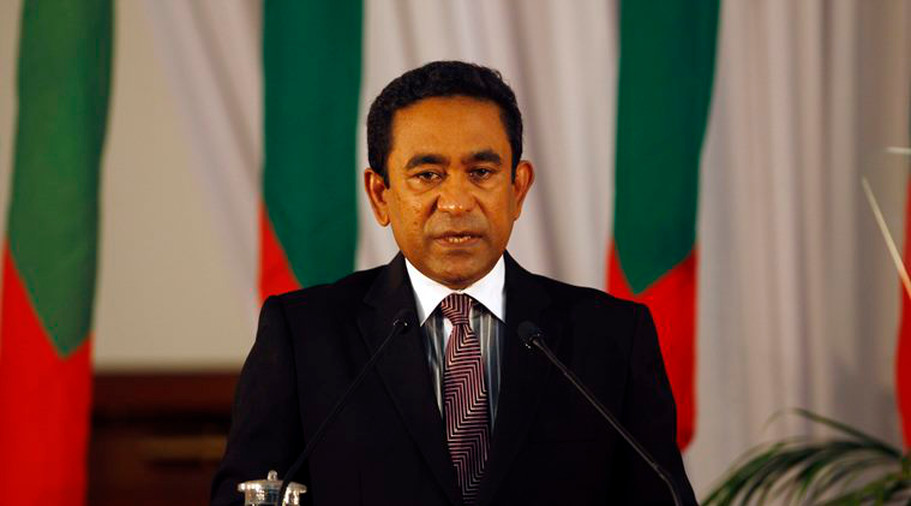How the Crisis in Maldives is making the Indian Ocean jittery
The small island nation of Maldives situated in the Indian Ocean, around 700 km from the Indian shore has become the new flash-point in the relations of India and China. The relations between Maldives and China has flourished only since the past couple of years and the Chinese response to the crisis brewing in the island nation are examples of the imagery of a new China. This new imagery is of a China that is more combative in its dealings and increasing its footprints throughout the neighborhood in varied ways possible.
Maldives and the present crisis
Traditionally Maldives have shared close ties with India as most of the Maldivians are of Indian or Sri Lankan origin. Over the decades the country has seen frequent change of powers, with the present President of Maldives assuming power in 2013. The present crisis in Maldives began when its President Abdulla Yameen decided to ignore the Maldivian Supreme Court, which called the Yameen government’s imprisonment and prosecution of opposition leaders ‘a violation of the Constitutional and international law’. The Court also ruled that the government should release the nine opposition leaders including the former President Mohamed Nasheed. Not only did the Maldivian President ignore the Court’s orders but also imposed emergency.
The Chinese Position
At the declaration of emergency Maldivian opposition leaders including former President Mohamed Nasheed sought Indian help, including military intervention, and to help free the detained judges and other political detainees. He also asked the US to stop all financial transactions of the Maldivian regime going through US banks. While India ruled out any intervention, almost all countries expressed their dismay over the imposition of emergency in Maldives.
While China also made its stand clear on the issue of not interfering in the internal matters of Maldives, it also stood firm behind President Yameen. In fact it has been only since the accession of Yameen as President that Maldives has grown closer to Beijing. In December 2017 Yameen visited Beijing and signed a ‘free-trade agreement’ that eliminated most tariffs on Maldivian exports- mostly fish, and opened Maldives to Chinese goods and services, including finance, healthcare and tourism.
China also kicked off a stream of mega projects- including the Friendship Bridge and Laamu Atoll Link Road in the Maldives. The island nation became an earnest partner in the one-road-one-belt project in the Indian Ocean. In 2016 Maldives leased an atoll to a Chinese company for 50 years at an estimated cost of just $4 million.
Many strategists believe the growing relation between the two countries is leading Maldives into a debt-trap. Former President Nasheed has alleged that Maldives already owe China around $1.5 to 2 billion in loans and might end up in a situation similar to Sri Lanka. Late last year Sri Lanka had to lease out its port of Hambantota to China for 99 years failing to pay its debt.
The Regional Ramifications
The Geo-strategic location of Maldives makes it easy to understand the Chinese interests. Maldives sits atop of critical sea lanes of communication (SLOCs). It also finds a place in China’s ‘string of pearls’ – a chain of military installations and economic projects aimed at projecting Chinese power in the Indian Ocean.
This growing closeness between China and Maldives is bound to leave India jittery. Maldives, located about 700 km from India’s Lakshadeep Islands and about 1200 km from the Indian mainland, is in the critical interest of India as well. India is bound to feel the discomfort with the increasing Chinese political and strategic influence in the region, and particularly in the Indian Ocean.
For China it is in a sense similar to its recent position in the East China Sea. It is also another example of the growing combativeness of China in its dealings- be it in the East China Sea or the Indian Ocean.

Your post is always helpful and its really fun to read it @visionpolitic (25)in politics •